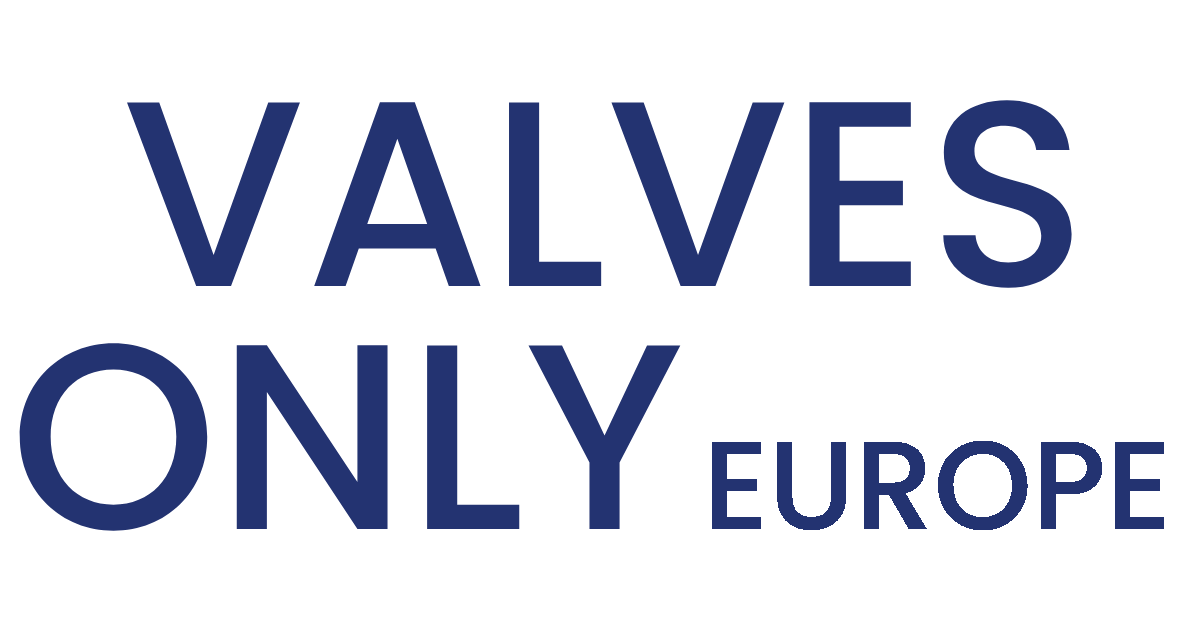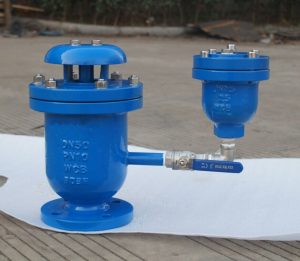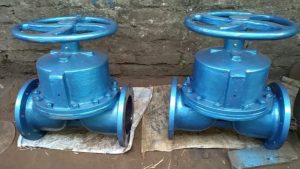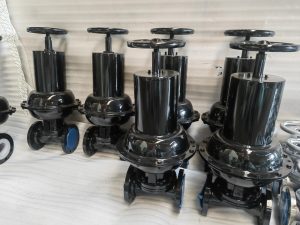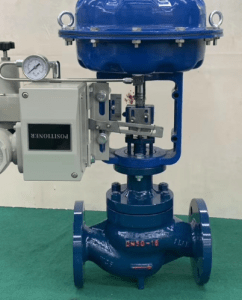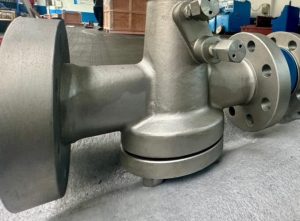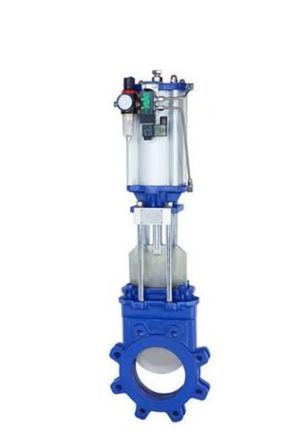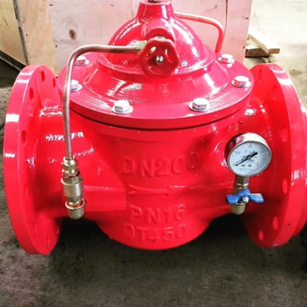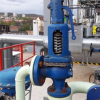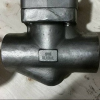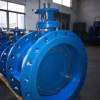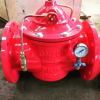We deliver to you every day from 7:00 to 23:00
What is a Pressure Reducing Valve? Function, Types & Uses
In systems of handling liquids, be they water, steam, gas, or chemical—the correct pressure plays a central role in ensuring safety, efficiency, and stability for the system. One of the devices used is the Pressure Reducing Valve (PRV).
This Valves Only Europe website will walk you through all that you’d want to know regarding pressure reducing valves: their definition, functionality, most important functions, types, benefits, applications, and why you should be using Valves Only Europe as your valve supplier.
What is a Pressure Reducing Valve?
A Pressure Reducing Valve (PRV) is an automatic control valve which decreases a elevated inlet pressure to a fixed lower outlet pressure. PRVs can manage downstream pressure regardless of upstream pressure or flow rate fluctuations.
PRVs are utilized in water treatment plants, HVAC systems, process facilities, steam systems, and compressed air systems where pressure has to be kept at safe and efficient levels.
Working of a Pressure Reducing Valve:
The simple working principle is to balance forces between pressure on a diaphragm or piston and a spring:
- High-pressure fluid flows into the valve.
- Valve opening is controlled by a piston or a diaphragm loaded by a spring.
- When the downstream pressure is at the pre-set value, the diaphragm is compressed and partially or fully closes the valve.
- When pressure decreases, the diaphragm pulls back and opens the valve and keeps outlet pressure steady.
- This dynamic regulation renders PRVs self-acting without external power or control systems.
Pressure Reducing Valve Applications:
- Regulate Constant Downstream Pressure: Maintains constant outlet pressure irrespective of fluctuating inlet pressure
- Protect Downstream Equipment: Guards pipes, pumps, and valves from overpressure-caused damage.
- Enhance Process Efficiency: Keeps optimal conditions for production or system operation.
- Improve Safety: Reduces chances of accidents owing to over-pressurized fluid systems.
- Lessen Water Hammer: Controlling pressure surges, PRVs reduce the impact of water hammer.
Pressure Reducing Valve Types:
There are a variety of types of PRVs, and every one of them is applicable in certain applications:
1. Direct Acting Pressure Reducing Valve
- Basic design having a spring and diaphragm.
- Direct action on outlet pressure.
- Applicable in low flow rate systems such as domestic water systems or little compressors.
2. Pilot-Operated Pressure Reducing Valve
- Functions through a pilot valve to actuate the main valve.
- Provides improved accuracy and increased pressure stability.
- Applicable in large industrial systems where high capacity and fast response are important.
3. Steam Pressure Reducing Valve
- Designed to work with high temperature and pressure steam.
- Avoids steam hammering and provides steady pressure to heating and processing units.
4. Water Pressure Reducing Valve
- Applied in plumbing systems to provide safe and consistent water pressure.
- Prevents pipe leaks and fixture damage in domestic and commercial buildings.
Applications of Pressure Reducing Valves:
PRVs are important in commercial and industrial environments:
Residential Plumbing & Commercial
- Save faucets, showers, and pipes from overpressure.
- Conserve water, and so your utility bills as well.
Steam Systems
- Use in refineries, textile factories, and food processing facilities to regulate steam pressure in boilers and piping.
Oil & Gas Industry
- Is responsible for safe pipeline and process equipment pressures.
HVAC Systems
- Provides enough pressure in chilled water systems to prevent leaks and damage.
Chemical Processing
- Provides constant pressure to sensitive processes and reactors.
Compressed Air Systems
- Helps keep air tools and equipment running safely and efficiently.
Benefits of Installing a Pressure Reducing Valve
- Energy Efficiency: Conserves energy by minimizing load on downstream devices.
- Operational Stability: Holds pressure despite fluctuating input or demand.
- Increased Equipment Life: Minimizes wear on pipes, fittings, and appliances.
- Enhanced Safety: Avoids burst pipes or dangerous leaks resulting from overpressure.
- Cost Savings: Avoids unnecessary use of water or air and minimizes repair frequency.
When to Use a Pressure Reducing Valve vs Pressure Relief Valve
Don’t confuse PRVs with pressure relief valves although both are concerned about pressure control:
- Pressure Reducing Valve provides a constant lower downstream pressure.
- Pressure Relief Valve saves the system from venting the fluid when the pressure is above a specified limit.
- Utilize PRVs whenever your objective is to keep the work pressure stable.
- Utilize relief valves whenever your objective is avoiding hazardous pressure surge.
Why Choose Valves Only Europe
We believe here at Valves Only Europe that fluid control which is efficient and reliable begins with precision-designed valves.
How We Stand Out:
- Top Quality Manufacturing: Each pressure reducing valve we supply is produced from wear-resistant materials such as stainless steel, bronze, and carbon steel.
- Extensive Products Range: We supply PRVs for water, steam, air, and gases in a wide variety of sizes and pressure ratings.
- International Specifications: Our valves comply with ASME, DIN, EN, API, and other international specifications.
- Technical Assistance: We guide you in selecting the appropriate valve for your system and offer comprehensive technical documentation.
- Tailor-made Solutions: Exclusive designs for harsh temperatures or chemical environment.
- Faster Delivery all over Europe: With our massive network, orders are delivered on time.
Selecting the right PRV is not merely pressure control—it’s system protection. Rely on Valves Only Europe for safe, efficient, and long-lasting solutions.
Conclusion:
Pressure Reducing Valves are a critical part of today’s fluid control systems. Water, steam, air, or gas—PRVs make your equipment operate effectively, safely, and economically.
Knowing the operation, types, operation principles, and applications of PRVs helps you make informed decisions for your operation.
Valves Only Europe is your trusted business partner for high-performance valve technology—designed to perform and supported by experience.
Recent Posts
- Pressure Relief Valves vs Safety Valves – When and How to Use Them
- Plug Valves – Design, Types, and Typical Applications Explained
- Understanding Valve End Connections – Flanged, Threaded, Socket Weld and Butt Weld
- How to Prevent Backflow: The Role of Check Valves in Industrial Systems
- Gate Valve vs Ball Valve – Pressure Drop, Flow Control & Maintenance Compared
